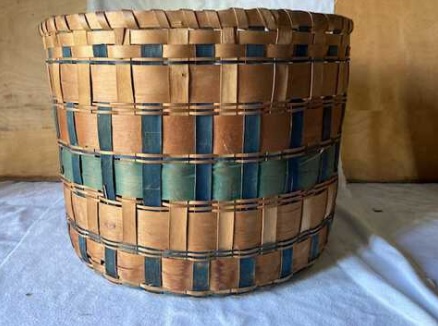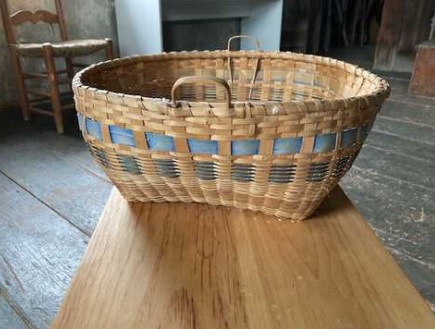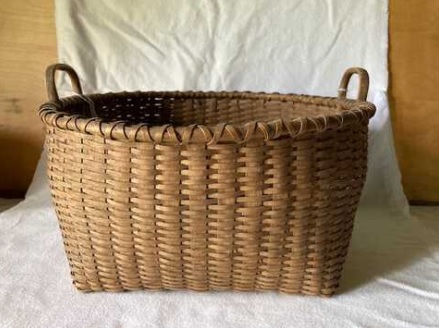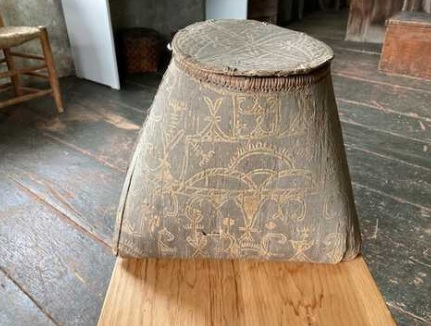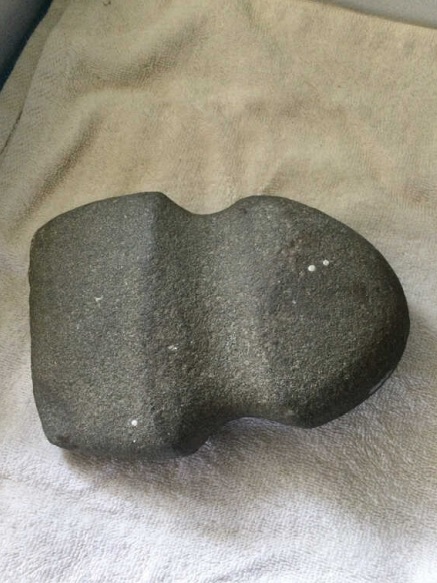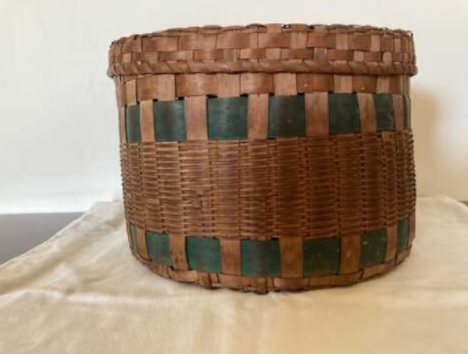LCHA’s Native American Collection
Three years ago, the Pownalborough Court House stewardship committee oversaw a small installation in the third floor Jury Room exhibition space devoted in part to the French and Indian War period. Included in this presentation was a small selection of Native American material including birch bark and splint baskets and containers, hewn stone implements, and clothing. Certain of these objects had been placed at the PCH for many years but most were selected from the storage collection at the Museum and Old Jail.
Slightly earlier, the Collections Committee of LCHA had begun inventorizing the storage collection at the MOJ partly inspired by the aim of determining which material was worthy of retaining in the collection. In the process the committee encountered a number of objects which duplicated our holdings or that were demonstrably not related to the mission of LCHA. The Collections Committee then photographed and documented this material and submitted it to the full board of trustees as part of LCHA’s formal deaccessioning process with the goal of disposing of this material to best advantage for the organization. As part of this process the Collections Committee sought outside expertise. In one instance this focused on our collection of baskets made of splint or wicker. From this we learned that we had a surprising quantity of Native American material mostly from our region.
As part of our inventorizing efforts the Collections Committee realized that it needed to be fully cognizant of the collections housed not only at the MOJ but also at the Pownalborough Court House and the Chapman Hall House. It was by analyzing the holdings of all three sites that our committee realized the true scope of duplication. It must be said that much of this duplication is entirely appropriate in defining the presentation of the interiors at all three sites.
Parallel to our efforts at the MOJ the Collections Committee undertook the even more ambitious and daunting task of inventorizing and photographing the entire contents of the PCH. As part of this process we realized that we had to include the material in the French and Indian War period installation at the PCH. It was then that we discovered that the PCH also had a number of characteristic Native American objects scattered throughout the interior only certain of which were part of the French and Indian War display. By adding this material to the holdings at the MOJ the Collections Committee came to realize that the organization possessed a reasonably large and representative selection of Native American material from our region.
Our effort to inventorize the collections of LCHA took on a significant new dimension when the Collections Committee decided to adopt a collections database called CatalogIt less than three years ago. As a result, all of our data for each object examined including photographic documentation is in the process of being entered into this database. The current number of entries exceeds 1,200 items representing a substantial percentage of the aggregate collection. One of the beauties of this database is that it empowers LCHA to extract material from it according to desired groupings of material, for example, by medium, maker, location, donor, etc.
One of the by-products of our efforts is the realization that LCHA has the potential to generate an exhibition of selections from our Native American material as a means of introducing this significant and exciting aspect of our collection which has hitherto been held in relative obscurity. This represents a huge challenge in that the Collections Committee has little or no expertise about the subject. As a result, we are in the process of seeking outside expertise to help us learn exactly what we have in the collection. Moreover, we plan to invite outside authorities to curate the proposed exhibition and to contribute essays and catalogue entries to an envisioned accompanying catalogue. As part of this process we were able to produce a complete listing of our Native American holdings in a fully illustrated document extracted from CatalogIt which we can now share with outside authorities as a critical point of reference.
As I hope to have indicated in the above comments, the efforts of the Collections Committee have led to exciting and unanticipated results. I take the liberty of illustrating a small selection of material from our Native American collection as a teaser of what is hopefully to come.
Large Penobscot Basket, ca. 1860 Circular Splint Basket, Perhaps Wabanaki, ca. 1865-1875 Wabanaki Basket, pre-1900 Native American Birch Bark Container with its lid Native American Stone Axe Head Cylindrical Splint Basket, Penobscot, ca. 1850-1860
George Keyes, LCHA Collections Committee
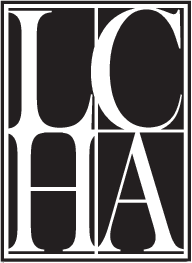
 Newsletter
Newsletter Join LCHA
Join LCHA Donate Now
Donate Now